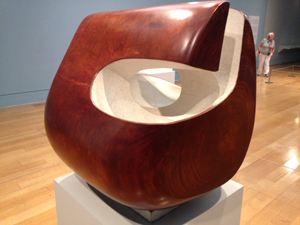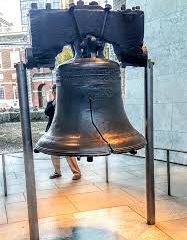The Artistic Journey of Barbara Hepworth

Introduction
Barbara Hepworth, a pioneering British sculptor, played a significant role in shaping the course of modern art during the 20th century. Her innovative techniques and unique vision have made her one of the most influential figures in the field of sculpture. Hepworth’s work not only reflects her deep connection to nature but also explores themes of space and form, making her art relevant in today’s artistic discussions.
Life and Artistic Development
Born on January 10, 1903, in Wakefield, Yorkshire, Hepworth was drawn to art from a young age. She studied at the Leeds School of Art and later at the Royal College of Art in London, where she was influenced by contemporary movements such as Surrealism and Abstract art. Seeking inspiration, Hepworth moved to Cornwall in the 1930s, where the natural landscape significantly impacted her artistic output.
Hepworth’s early works were often made from wood and stone, reflecting her desire to connect with the materials themselves. Her technique of carving allowed her to create forms that interacted with light and shadow, bringing a dynamic quality to her sculptures. Throughout her career, she experimented with different materials, including bronze and plaster, and frequently incorporated holes in her works, symbolising connection and continuity.
Major Works and Impact
Some of Hepworth’s major works include “Single Form” (1961), which was inspired by the themes of peace and the aftermath of World War II. This piece, along with others like “The Family of Man” (1970), showcases her ability to convey emotional depth while maintaining an abstract form. Her public sculptures, such as “Pelagos” (1946), have become landmarks in various cities around the world.
Hepworth’s contributions to the art world extend beyond her sculptures. She was an advocate for women artists and a member of the influential artist group, the ‘Modernists’. Her collaborations with other artists, including Henry Moore, and involvement in exhibitions helped raise the profile of modern sculpture during a time when female artists were often overshadowed.
Legacy and Recognition
Barbara Hepworth’s legacy continues to inspire new generations of artists. Her work is celebrated in numerous exhibitions and museums, including the Tate Modern in London, where retrospective shows have highlighted her significant contributions to contemporary art. In 2023, the world marked her centenary with global exhibitions that renewed interest in her life and influence.
Conclusion
Barbara Hepworth’s innovative approach to sculpture and her commitment to exploring the interplay between nature and art position her as a central figure in the history of modern art. As we continue to recognise her contributions, it is essential to reflect on how her work has shaped artistic practices and inspired countless artists worldwide. For art lovers and scholars alike, Hepworth’s work remains a vital part of the ongoing dialogue surrounding modern sculpture and its possibilities.









